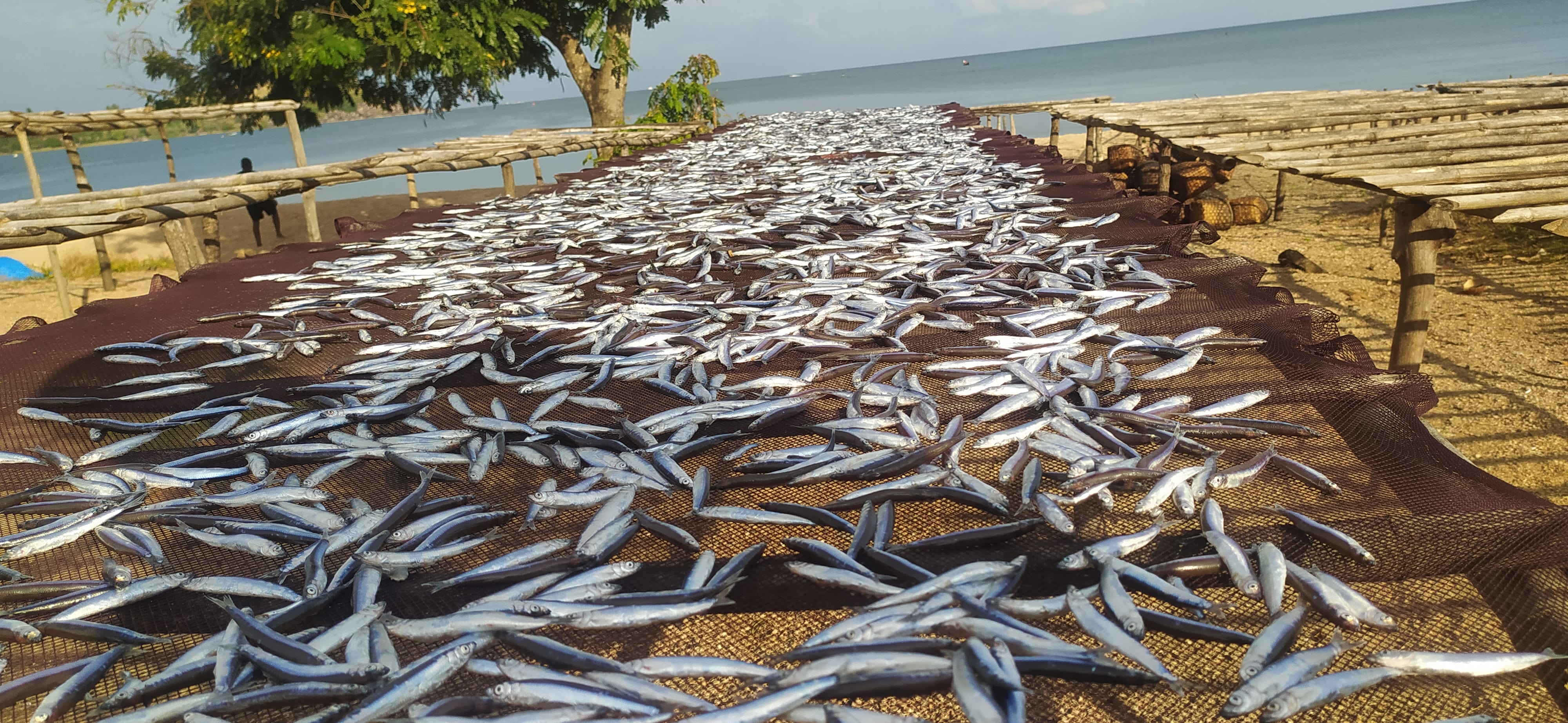
Freezing
Process:
Handling
and Sorting:
- Fish caught in Lake Nyasa are first sorted based on
species and size.
- They are cleaned to remove any impurities or unwanted
parts.
Preparation
for Freezing:
- After cleaning, the fish may undergo further
processing such as filleting or portioning, depending on the market
demand and product specifications.
- Some fish may be left whole depending on consumer
preferences or product requirements.
Freezing:
- The fish are then rapidly frozen to preserve freshness
and quality. This is typically done using blast freezers or other rapid
freezing methods.
- Freezing helps to extend the shelf life of the fish
products, allowing them to be transported over longer distances without
compromising quality.
Packaging:
- Once frozen, the fish are packaged into appropriate
containers or packaging materials. This is crucial to maintain the frozen
state and prevent freezer burn or contamination during storage and
transportation.
- Packaging materials often include vacuum-sealed bags
or plastic wraps designed for freezing.
Storage
and Distribution:
- Frozen fish products are stored in cold storage
facilities to maintain their frozen state until they are ready for
distribution.
- Distribution channels include wholesalers, retailers,
and sometimes direct-to-consumer through supermarkets or online
platforms.
Drying
Process:
Preparation:
- Drying fish products, often referred to as fish drying
or smoking, involves additional preparation steps.
- Fish are cleaned and sometimes partially dried using
methods like salting or air drying before the main drying process.
Drying
Methods:
- Sun Drying:
In regions like Lake Nyasa, sun drying is a common method. Fish are
spread out on racks or mats in the sun to dry naturally.
- Smoking:
Smoking involves exposing fish to smoke from burning wood or other
materials. This adds flavor and helps preserve the fish by reducing
moisture content.
Monitoring
and Control:
- During drying, careful monitoring of temperature and
humidity levels is essential to ensure uniform drying and prevent
spoilage.
- Proper ventilation and airflow are maintained to
facilitate drying without causing undesirable effects like mold growth or
uneven drying.
Packaging:
- Once dried, fish products are inspected for quality
and then packaged into suitable containers or packaging materials.
- Packaging for dried fish often includes sealed bags or
containers to protect against moisture and contaminants.
Storage
and Distribution:
- Dried fish products have a longer shelf life compared
to fresh fish and are often distributed regionally or internationally
depending on market demand.
- Proper storage conditions, such as cool, dry
environments, are maintained to ensure product quality until they reach
consumers.
Quality
Assurance:
- Throughout both freezing and drying processes, quality
assurance measures are implemented. This includes adherence to hygiene
standards, monitoring of product temperatures, and compliance with food
safety regulations.
By employing these methods, Lake
Nyasa fishing and processing enterprises can efficiently process fish products
through freezing and drying, meeting market demands while preserving the
natural flavors and nutritional value of the fish from capture to consumption.